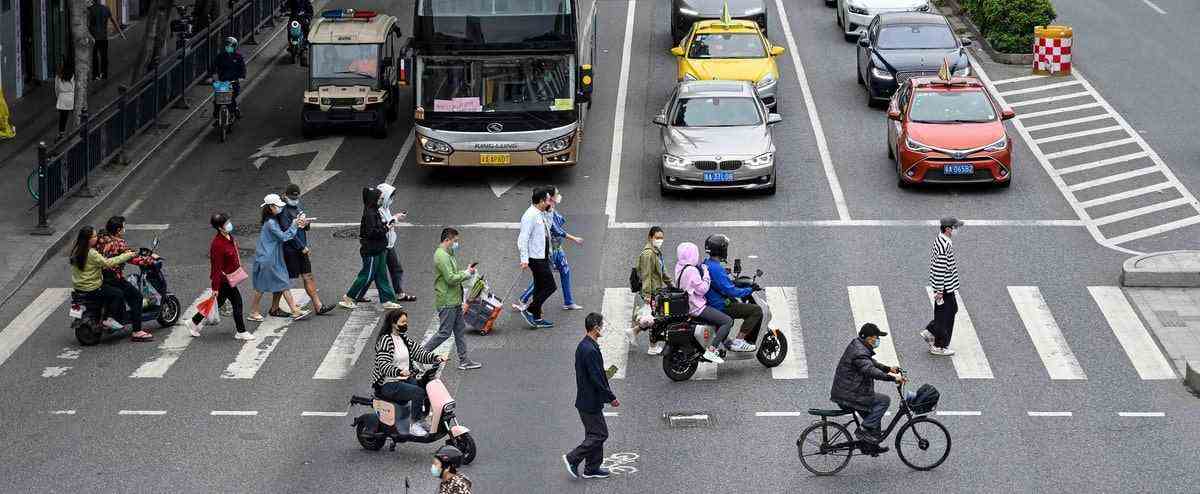China announced a general easing of COVID health rules on Wednesday, abandoning its tough approach to the virus after historic angry protests across the country.
This reversal seems to end the essential of the “zero COVID” policy in force for almost three years, which China was one of the last countries in the world to apply.
This strategy involves repeated confinements, large-scale PCR tests of the population and long quarantines for any arrival from abroad, enough to upset daily life and strongly penalize the economy.
Its relief comes ten days after a wave of demonstrations of an unprecedented scale since the pro-democracy mobilizations of Tiananmen in 1989.
In a dozen cities in the country, the demonstrators, mostly young, had shouted their weariness of the harsh health policy, some even demanding the departure of President Xi Jinping.
The latter, who had made “zero COVID” his trademark, has now inflected his speech, acknowledging that the less deadly Omicron variant “opens the way to more flexibility in restrictions”.
Fewer tests
According to the new instructions unveiled by the National Health Commission (NHC) – which has the value of a ministry – “asymptomatic infected people and mild cases who can be isolated at home will generally be so”.
This is a dramatic change from the norm previously which required any positive case to be taken to a quarantine centre.
In addition, the country will “further reduce the scope of nucleic acid tests and reduce their frequency”, whereas it previously asked residents to be tested several times a week to be able to access any public place. .
Large-scale testing will now only be carried out in “schools, hospitals, nursing homes and high-risk work centres”.
The use of confinements, sometimes applied to neighborhoods or even entire cities, will also be reduced, the areas at risk having recorded no cases for five days having to be reopened.
China will also accelerate the vaccination of the elderly, its weak point which has previously prevented it from relaxing its health rules.
Another novelty announced on Wednesday: it will now be possible to travel from one Chinese province to another without having to present a negative PCR test less than 48 hours old and no test will be required on arrival either.
Immediately after the announcement of these new measures, travel searches on the Ctrip application jumped 160%, noted an AFP journalist.
Concerns about the economy
“Schools without outbreaks must continue classes normally,” according to the new rules, while many schools in Beijing have been closed in recent weeks as a precaution.
The announcement comes hours after the official release of worrying new figures for the world’s second-largest economy. In November, China saw its exports and imports collapse, under the combined effect of its health policy and sluggish demand.
While the Chinese economy is expected to have recorded one of its worst growth performances in four decades this year, getting out of “zero COVID” is a delicate operation.
“Finding the right balance between COVID-19 control measures and economic growth has once again become a central issue,” economist Wang Zhe warned on Monday.
This national easing of restrictions follows relaxations announced in recent days by several Chinese cities and provinces.
Beijing announced on Tuesday that parks, office buildings or even businesses, including supermarkets, will no longer require the presentation of a negative PCR test, a measure also applied in Shanghai, which was confined for a long time last spring.
